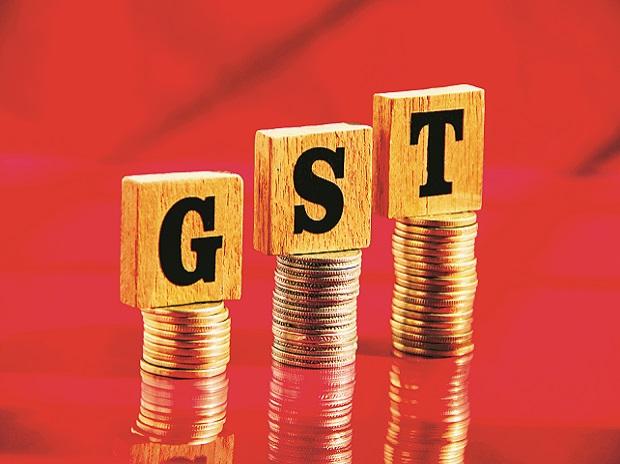The government will roll out the electronic invoicing (e-invoicing) system for all business-to-business (B2B) transactions under the Goods and Services Tax (GST) regime from April 1 next year that will replace physical invoices, finance secretary Ajay Bhushan Pandey said.
The government introduced the e-invoicing system on October 1, 2020 for businesses with an annual turnover over Rs 500 crore. “By January 1, 2021, it will be available to taxpayers with an annual turnover over Rs 100 crore,” he said.
“It is a great step forward as e-invoicing has many advantages both for the business and the tax administration. Buyers and sellers will be able to have realtime information of the invoices. It replaces the physical invoice and will soon replace the existing e-way bill system and taxpayers will not have to generate separate e-way bills,” he said.
Pandey said the e-invoicing system may eventually dispense with the present system of filing GST returns for smaller businesses and micro, small and medium enterprises (MSMEs) because e-invoice will pre-populate returns for such businesses and they will be required to simply pay the taxes.
“The returns will be automatically generated for all supplies for which e-invoices have been issued,” he said after reviewing the progress of the e-invoicing system that was introduced on October 1 for businesses with an annual turnover of over Rs 500 crore. The meeting was attended by senior officials from the Central Board of Indirect Taxes and Customs (CBIC), the National Informatics Centre (NIC) and the GST Network (GSTN).
After review of the progress in the last seven days, Pandey said the implementation of e-invoicing is getting progressively robust. “This is the beginning of a new chapter of the ease of doing business and paying taxes in India. From the first to the seventh-day Invoice Reference Number (IRN) generation has grown by 163% and have touched the count of 13.69 lakh IRNs on the seventh day, i.e., on October 7,” he said.
“As e-invoicing is an exceedingly progressive system, we expect that it will also have other major advantages of improving the payment cycle for the industry and give boost to invoice based lending to MSMEs,” he said.
India has been able to build and develop this massive e-invoice system in GST in just seven to eight months, he said. According to a note prepared by GSTN, between October 1 and October 7 more than 69.5 lakh IRNs were generated by over 71 thousand users.
“On the very first day of e-invoicing system, more than 8.40 lakh IRNs were generated by 8,453 users while on October 7 about 13.69 lakh IRNs were generated by 14,100 users, it said.
To be sure, the introduction of the e-invoicing system was initially scheduled from April 1, 2020, but it was postponed to October 1 because of the suddent outbreak of the Covid-19 pandemic. In order to make the system gradually adjust to the e-invoicing system, it was prescribed that the taxpayers having aggregate turnover of Rs. 500 crore and above only would be required to issue e-invoice from October 1.
Source : Hindustantimes.com
***
[rainbow]Don’t miss the next GST Update / Article / Judicial pronouncement[/rainbow]
Subscribe to our newsletter from FREE to stay updated on GST Law
Resolve your GST queries from national level experts on GST free of cost.
TW Editorial Team comprises of team of experienced Chartered Accountants and Advocates devoted to spread the knowledge of GST amongst the various stakeholders.




